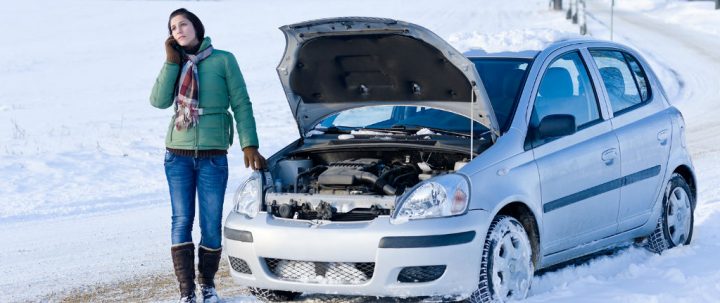Analysis of RAC data confirms suspicions that car use by drivers in the UK has not fallen to the same extent as it did during the first coronavirus lockdown in March 2020.
During the first week of the latest lockdown, data from RAC Black Box Insurance customers shows there were on average 10% more cars in daily use than during the first week of March’s lockdown, leading to 31% more daily miles driven. This represents a 22% reduction in car use compared to normal (first week of February 2020).
The RAC believes traffic volumes are now at a similar level to the middle of last May, which interestingly was the point restrictions first started to be eased, with people encouraged to return to workplaces if they were unable to work from home.
According to RAC data, the quietest week for traffic since the start of the pandemic was the second week of the first coronavirus lockdown (w/c 30 March), with a 41% reduction in car usage compared to normal. This contrasts with the first full week of September (w/c 7 September) when the RAC recorded its highest levels of car use of the year as schools in England returned after the summer holidays, with traffic back to normal levels.
A further sign that vehicles are being used more during this latest lockdown is the extremely high number of breakdowns attended by RAC patrols so far this year. Incredibly, the RAC had its busiest start to a New Year on record with 8% more breakdowns handled over the first four days of January compared to the same period in previous years.
While the cold weather and the fact cars were used even less than normal over Christmas as a result of the coronavirus will both have been major factors, the data confirms that drivers are still deeming it necessary to use their vehicles for essential trips in 2021.
RAC data insight spokesman Rod Dennis said,“Despite the whole of the UK now under a further coronavirus lockdown, our data shows the number of cars in use has not dropped to the same extent it did the first time restrictions were brought in last March.
“The feel of this latest nationwide lockdown is very different to that which was first imposed in 2020 with greater numbers of people working in ‘Covid-secure’ workplaces, more shops offering click-and-collect services, and more children of keyworkers attending schools. In addition, with so many avoiding public transport, there will inevitably be far more people opting for the safer environment of the car. Together, these differences help account for the busier roads.
“Nonetheless, it’s vital drivers think carefully before using their vehicles and ensure they’re only venturing out for essential trips as specified by government guidelines. Every unnecessary journey increases the chances of a breakdown, or worse a road traffic collision, and risks adding to the pressures being experienced by our emergency and healthcare workers.
“Unfortunately, the return of colder weather from next week risks increasing the chances of drivers encountering breakdowns with flat batteries which we expect to cause people problems, especially if they’re hardly using their vehicles at the moment.
“Drivers can protect themselves by buying a trickle charger, although these are only really practical for people with driveways or garages and it’s always best to check compatibility between charger and car first. Those with two cars should make sure they alternate between them for their essential journeys.”
If you have to travel for essential purposes including work, it might be wise to avoid the following spots if you can, according to ScrapCarComparison which studied 6 million geo-points and found the worst for weather, mobile communications, taxi services, filling stations and where you may be stuck for some time.
The Worst Roads to Breakdown on in Wales
- Blaenau Gwent: The B4471, just north of the Swffryd area (Lat 51.69 Lon -3.13)
- Bridgend: The M4, just south of the Kenfig industrial estate (Lat 51.53 Lon -3.73)
- Caerphilly: The A465, the Heads of the Valleys Road, north of the Biffa Trecatta waste site (Lat 51.77 Lon -3.33)
- Carmarthenshire: The B4302, on the outskirts of the hamlet of Edwinsford (Lat 51.99 Lon -3.99)
- Conwy: The A5, roughly halfway between Rhydlydan and Glasfryn (Lat 53.04 Lon -3.63)
- Denbighshire: The A5, just west of the River Dee (Lat 52.98 Lon -3.39)
- Gwynedd: The B4403, on the east side of Bala Lake, north of Llangower (Lat 52.89 Lon -3.62)
- Isle of Anglesey: The A55, the North Wales Expressway, south of the hamlet of Mona (Lat 53.24 Lon -4.38)
- Monmouthshire: The A40, on the England/Wales border, a kilometre east of Monmouth Golf Club (Lat 51.83 Lon -2.69)
- Neath Port Talbot: The A4109, a kilometre north of Glynneath Golf Club (Lat 51.77 Lon -3.61)
- Pembrokeshire: The A477, just north of Milton Marsh (Lat 51.69 Lon -4.83)
- Powys: The A489, just east of Caersws (Lat 52.52, Lon -3.4)


